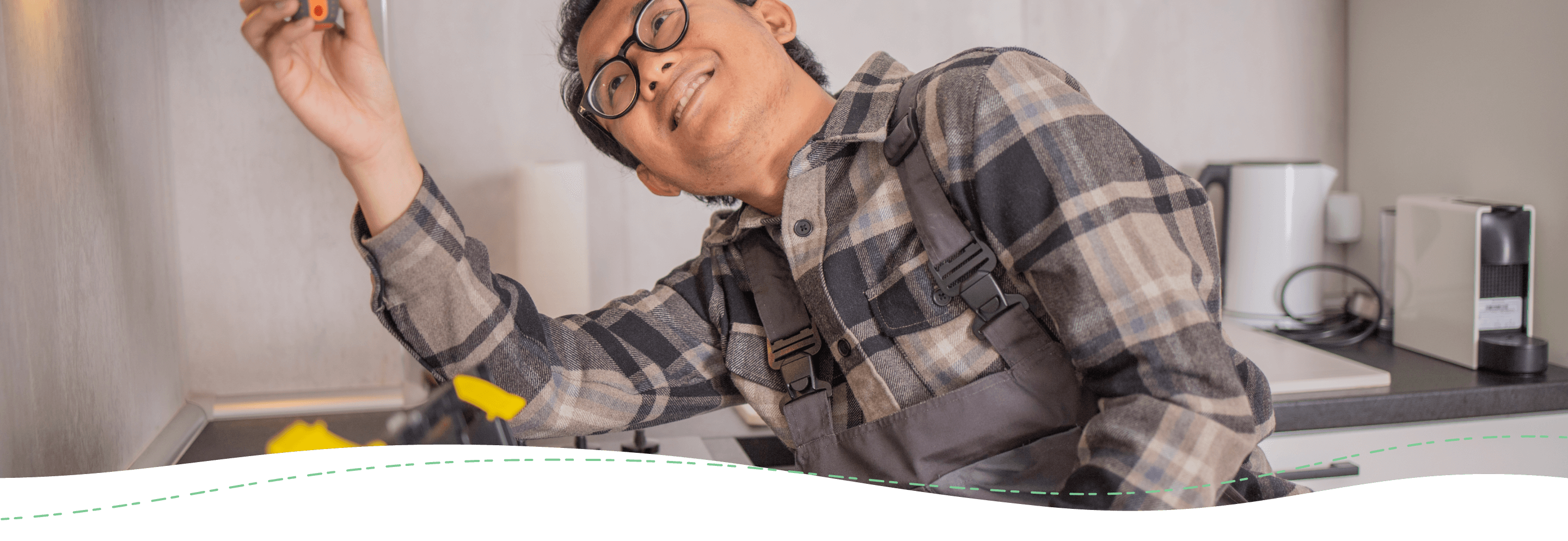Home suitability
These are the simple ways to ensure your home is suitable for you or your loved one to live in safely, comfortably and confidently as you grow older.
Whether you’re preparing your own home to stay settled in as you get older, or ensuring the home of your loved one is set up for their in-home care, there are simple things to keep in mind for safety and comfort. Here, Craig White, Executive Manager of Assessing and Repair at Suncorp Insurance, lists five of the most important things to keep in mind when getting your home ready for later life.
- Ensure all essential appliances (heating, cooling and hot water service) are maintained and in good working order. Often you don’t realise your air conditioning isn’t functioning well until a heatwave, and this is when technicians and replacement units can be extremely difficult to source.
- Ensure smoke alarms are in place, preferably hardwired, and working properly.
- Have a licensed plumber check your flexi-hoses to ensure they are in good condition.
- Apply non-slip finish to baths and showers.
- Ensure there are handrails or grip rails in place in wet areas, by the toilet and near stairs.
What are the most common home repairs to expect as you get older?
As you get older, if you continue living in your own home the most common repairs required are as follows:
- small plumbing repairs
- heating or cooling system repairs
- hot water service repairs
- unblocking of drains or toilets
- appliances including ovens and washing machines
- getting locked out of the house.
The tradespeople who attend to the call-out can not only provide emergency assistance, but can also provide quotes for permanent repair and/or replacement, or carry out repairs as requested.
Home modifications
Aside from maintaining the home, you may also want to consider modifications to make living there, as you or your loved one grows older, easier and more comfortable. Modifications generally involve improving layouts, adjusting structures and replacing fittings so you can move safely through and around the house. They’re also designed to reduce the risk of injury and alert people if there is an emergency.
- The types of modifications that you may consider include:
- installing ramps and rails
- widening doorways
- altering bathrooms and kitchens (e.g. lowering bench heights)
- relocating light switches and power points
- installing emergency alarms and monitoring systems or smart technology to control lighting and blinds.
Importantly, home modifications can also help carers. For example, the use of a grab rail to get out of the bath can reduce the load on lifting, and ramps will make using mobility aids easier.
Any modification to the home should always be designed and built by qualified professionals and tradespeople. An occupational therapist or other allied health professional may be needed to assess the person’s situation and specify the modifications required.
